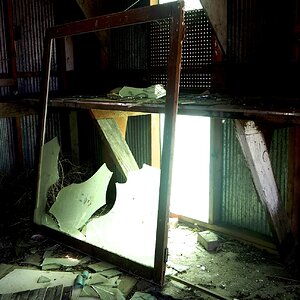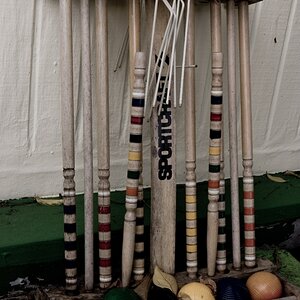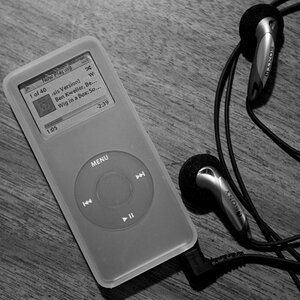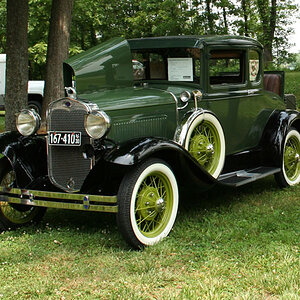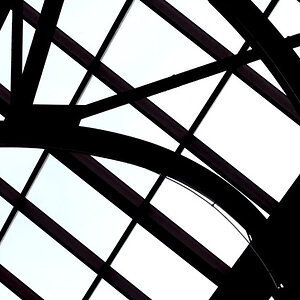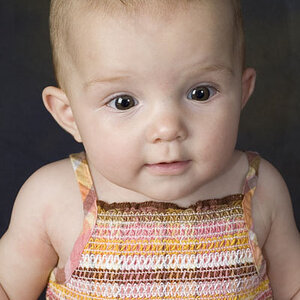- Joined
- May 1, 2008
- Messages
- 25,422
- Reaction score
- 5,003
- Location
- UK - England
- Website
- www.deviantart.com
- Can others edit my Photos
- Photos OK to edit
Well we have lots and lots of talk of cameras - from lenses to ISOs and shutters the forum, nay the entire photographic world is all talking of tech gear - from books to websites to in person. It's worthy talk indeed and I won't begrudge anyone to chat about camera gear (heck I know I like to!)
However that is only one side of the game - there are others. Many jump from tech to comp - to debating and understanding how to frame the subject, how to compose and create art that will please the viewer - be the viewer just the photographer or the client.
But there is yet one more area, a dark area that fewer speak of and one that tends to get sidelined into shot sharp common advice and to be often overlooked. I am talking of course with working with your subject. The act of not just working with camera, light and art, but also of working with your subject to attain the best possible result.
Be that subject a bride and groom, a child, a building, a landscape, a fox or a fish!
So I'm proposing that we start up some discussions about these very aspects of photography. From basic to advanced skills - to generate some discussion that is not art or tech but which allows us to bring those two elements together with our chosen subject.
So I'll need volunteers to help spearhead these discussions I'm not going to start them all at once - nay that would defeat them through overload. So I'm aiming for at least one if not two a week - activity on the discussions will of course play a part in how long it it before another appears. I also need your input in how to work this - how best to start these discussions - what subjects we can include etc...
So anyone out there think this is a worthy idea and willing to take part?
However that is only one side of the game - there are others. Many jump from tech to comp - to debating and understanding how to frame the subject, how to compose and create art that will please the viewer - be the viewer just the photographer or the client.
But there is yet one more area, a dark area that fewer speak of and one that tends to get sidelined into shot sharp common advice and to be often overlooked. I am talking of course with working with your subject. The act of not just working with camera, light and art, but also of working with your subject to attain the best possible result.
Be that subject a bride and groom, a child, a building, a landscape, a fox or a fish!
So I'm proposing that we start up some discussions about these very aspects of photography. From basic to advanced skills - to generate some discussion that is not art or tech but which allows us to bring those two elements together with our chosen subject.
So I'll need volunteers to help spearhead these discussions I'm not going to start them all at once - nay that would defeat them through overload. So I'm aiming for at least one if not two a week - activity on the discussions will of course play a part in how long it it before another appears. I also need your input in how to work this - how best to start these discussions - what subjects we can include etc...
So anyone out there think this is a worthy idea and willing to take part?



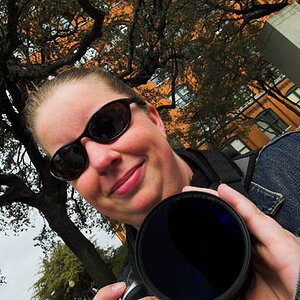
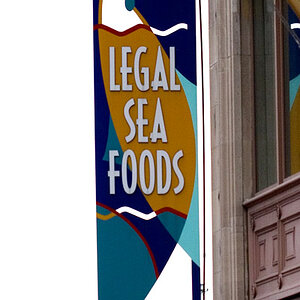
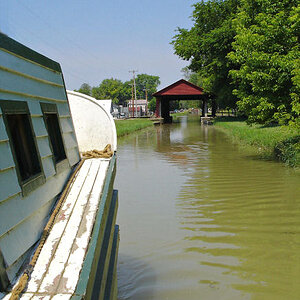
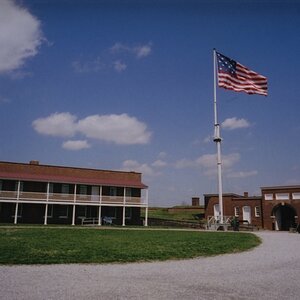
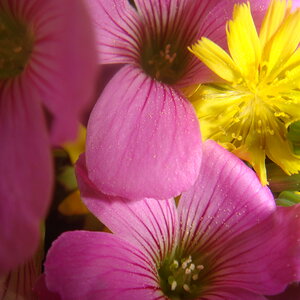
![[No title]](/data/xfmg/thumbnail/37/37537-25afab1a7980214af6067df3c997c353.jpg?1619738132)
